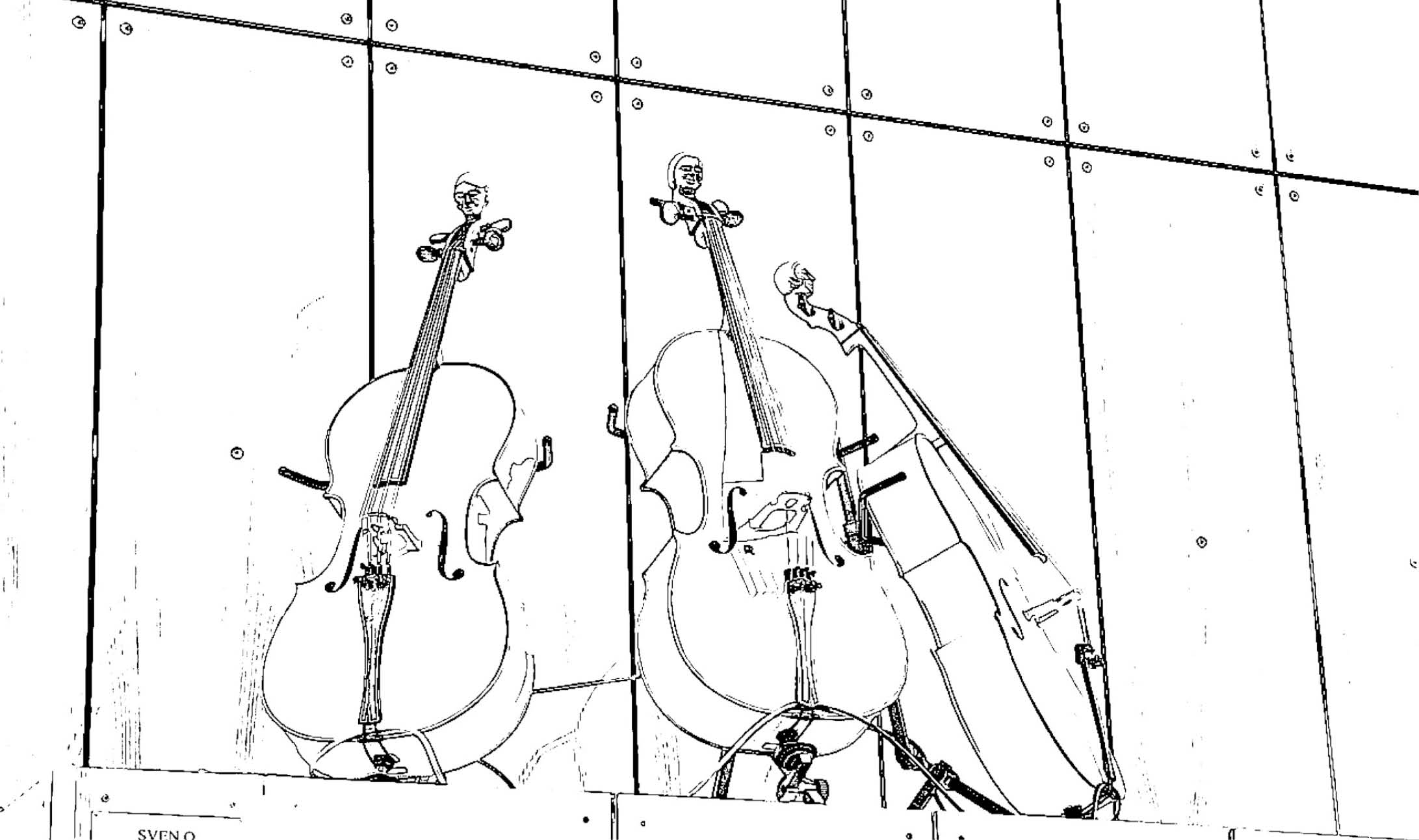
Choreography
Giving shape to music through movement is also known as choreography or plastique animée. When we choreograph a piece of music means that we ‘embody’ the music. There are various ways of doing this, and it is up to you to decide how to give shape to the music pieces you are working with. I hope the examples will start you thinking, trigger your creativity and inspire you to create your own choreographies.
Why? and How?
Various aspects of music, such as rhythm, phrasing, voices, form, accents, harmonies, text or mood, can be showed by moving with the music. But you can also move contrary to the music, making a contrasting voice – a counterpoint – through your movements. Several aspects can be combined, and you can alternate between these aspects, or then again you can stay to one aspect for the whole of the piece. Choreography can be done for different purposes, it can be created as well as performed in different ways:
Learn and express
- Choreography can be used in order to learn something through movement, to express something through movement, or both.
Creativity
- Choreography can be created by the teacher or by the students/participants themselves. It can be created as a self-contained composition exercise or it can evolve as part of a lesson.
Performance
- Choreography can be performed to live or recorded music. If live music is used, then either the group divides up, with some students playing and others performing movements, or else the whole group play as they move.

The European Commission's support for the production of this publication does not constitute an endorsement of the contents, which reflect the views only of the authors, and the Commission cannot be held responsible for any use which may be made of the information contained therein.
